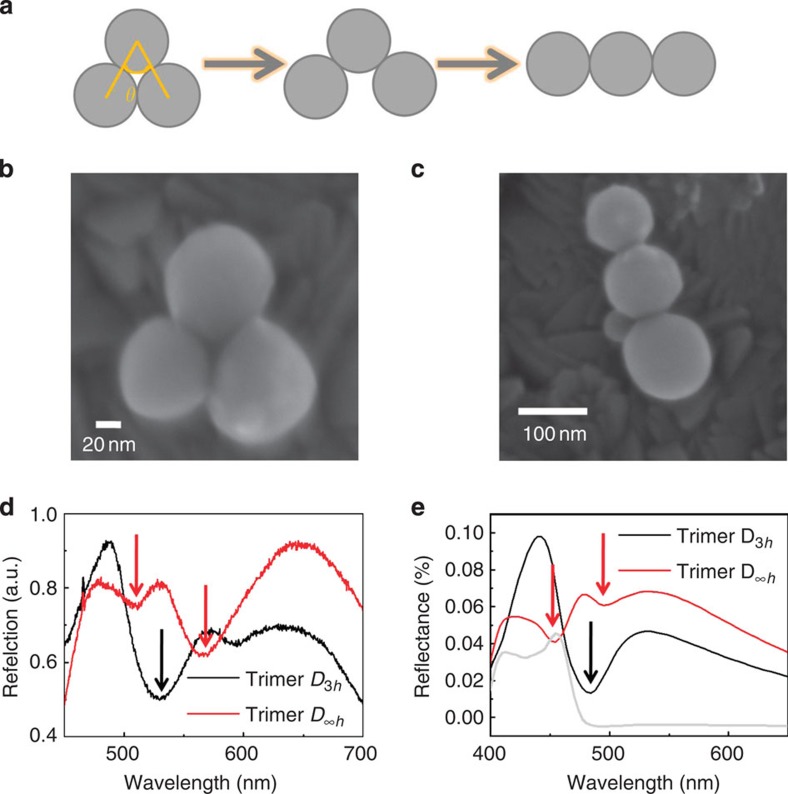Figure 1. The antireflection phenomenon in silicon nanosphere trimers with different aggregate states.
(a) Schematic diagram of different trimers depending on the vertex angle θ. When θ=60°, trimer belongs to the D3h symmetry group. When θ=180°, trimer belongs to the D∞h symmetry group. (b) SEM image of a typical D3h trimer. (c) SEM image of a D∞h trimer. (d) The measured dark-field reflection spectra of D3h (black curve) and D∞h trimers (red curve). Three arrows show the locations of three dips caused by the electro-magnetic interactions. (e) The simulated dark-field reflection spectra of D3h (black curve) and D∞h trimers (red curve). Similarly, the arrows show the locations of three dips caused by the electro-magnetic interactions. The particle sizes are set to 100 nm, and the grey curve shows the magnetic and electric dipole resonances of single 100 nm silicon sphere.

